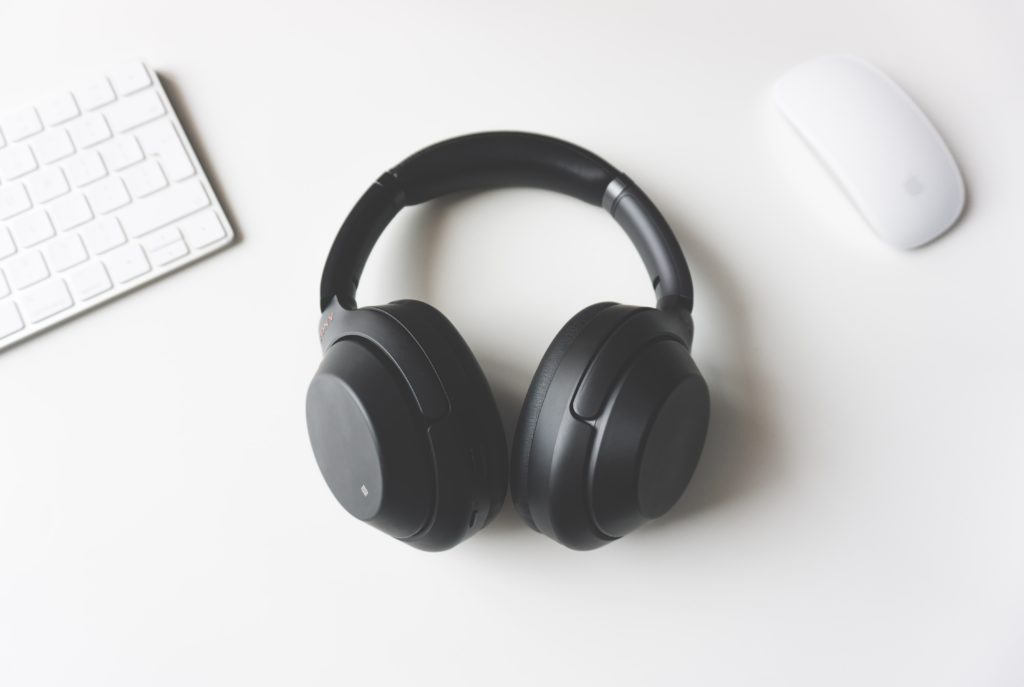< 1 Min Read
What Does Your Brand Sound Like?
TuDummmmm.
Every time you fire up a Netflix show, you hear that sound. It’s become an integral part of the Netflix experience. And it’s part of a growing push to incorporate sound in branding across platforms and industries.
The concept isn’t new. From “Plop plop fizz fizz” to “We are Farmer’s” (you know the rest), plenty of companies have relied on sound to prompt Pavlovian responses in audiences. Sound has long been a meaningful medium for catchy jingles and media companies.
Today, however, branded audio is making waves beyond earworm jingles and Law and Order intros.
Digital marketing has driven a growing focus on sonic branding – a sonic boom.
According to Adweek: Sonic Branding Is the Next Marketing Disruptor. Not surprisingly, TikTok is a leading advocate for the power of sonic branding.

Do You Hear What I Hear?
Mastercard is one notable early audio-adopter outside the advertising and media space. In 2019, the credit card company issued an “audio press release” announcing its new sonic brand identity.
In addition to playing the sound, the release notes that it will be used across Mastercard’s customer touchpoints, from commercials and hold music to point of sale acceptance sounds. It was also adapted globally to “ensure local relevancy.”
For Netflix, the audio and intro animation play before its own programming, creating a more branded experience while binging Stranger Things. “Tudum” is also the name of its companion website and content hub.
Even amid the sonic boom, not every brand needs an audio logo. However, with more people interacting with brands through screens (and while wearing EarPods), it’s worth thinking beyond visual cues when it comes to brand experience.


